Boston Libraries
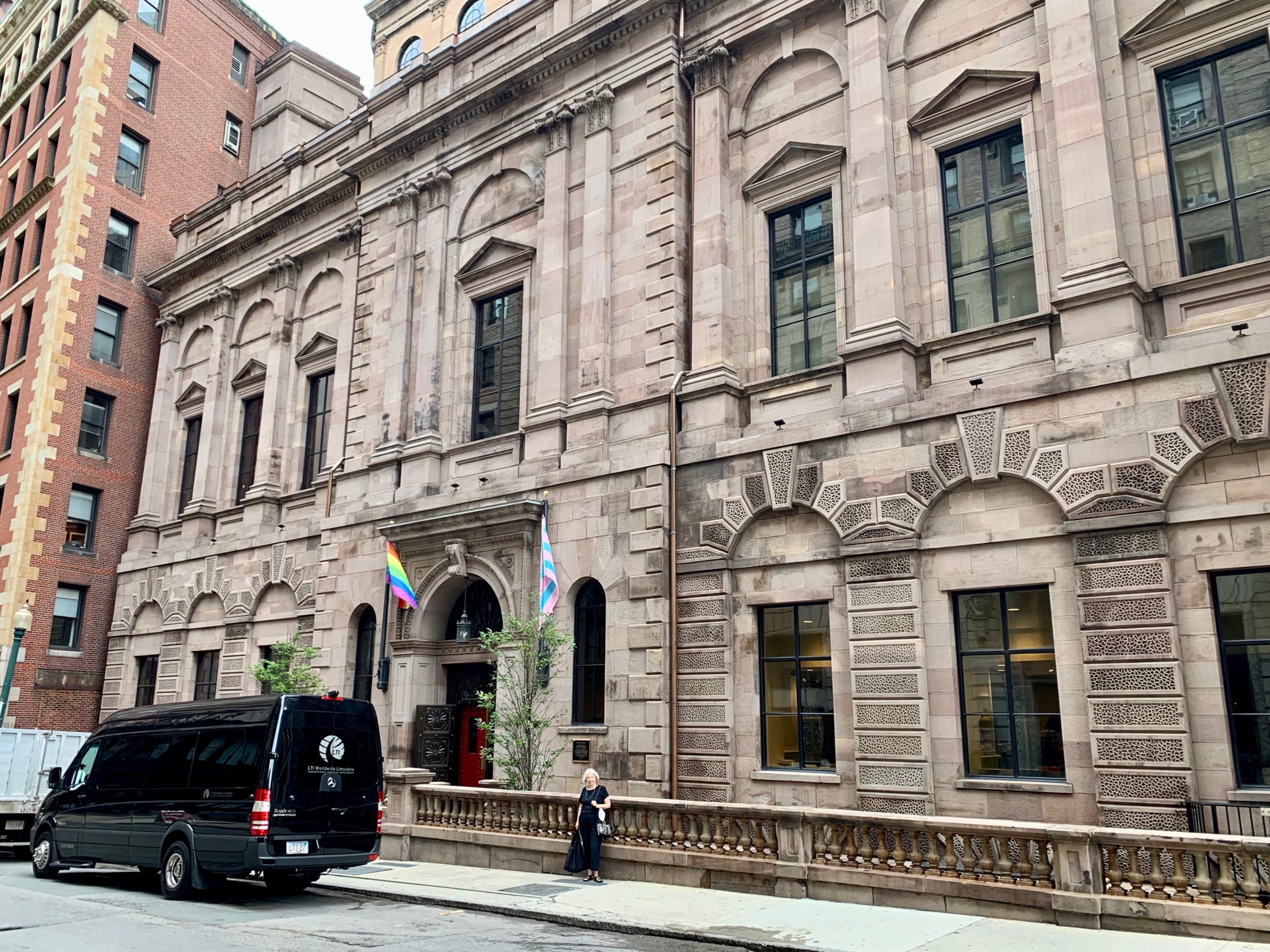
There’s a very special place in Boston I had never heard of untll Kevin Moore told me about it last winter and encouraged me to listen to Athenaeum podcasts on my daily walks. On July 13, I finally got to see the Boston Athenaeum that I had grown to love. It is one of the oldest, most distinguished private libraries in the United States. The word “athenaeum” derives from ancient Greek temples to Athena, the goddess of wisdom. Boston Athenaeum founders envisioned a place to study a wide range of topics, a place to gain wisdom.
The wisdom that Athenaeum subscribers sought led them to hire librarians, buy rare books, commission artworks, and eventually to establish the Boston Public Library and the Museum of Fine Arts. Close collaboration among these institutions continues. Prominent writers, scholars, and politicians who have been members of the Athenaeum include Ralph Waldo Emerson, Nathaniel Hawthorne, Louisa May Alcott, Oliver Wendell Holmes Jr., John Quincy Adams, Margaret Fuller, Amy Lowell, and John F. Kennedy.

It was wonderful to have an old friend with whom to share this experience. I had known Cleta Booth at Rice and met her by chance on the subway five years ago. Yesterday, glad to be fully vaccinated, we met at Harvard Square for the first time in two years. Cleta, too, was excited about seeing the Athenaeum. In the mid-1960s she had done research there for Wellesley English Professor Walter E. Houghton, while her husband Mark worked on his PhD in English at Harvard. Steve and I lived in Cambridge 1966-68, but had no connection with the Booths then. Fast forward to the 21st century: Cleta and Mark return to Cambridge from Wyoming in 2012, though sadly, Mark dies in 2016; Violet’s birth in 2009 inspires me to visit often; Rice friends reconnect.
Since I had just re-watched the 1997 movie, Titanic, I wanted to take another look at Widener Library in Harvard Yard. Henry Elkins Widener, a bibliophile and collector, was just 27 when he perished on that ill-fated ship. His mother donated $2 million to Harvard in 1913 to establish a library in his name. Though Widener Library was undergoing renovation, Cleta showed me the nearby Lamont Library and the tree that provides greenery for its subterranean book stacks.
From Harvard Square it was a quick MTA ride to Park Street and a lovely walk to Beacon Street, where at number 10-1/2 we found the Boston Athenaeum. It sits on top of Beacon Hill, above the old Granary Burying Yard where Paul Revere is buried. We could look out on tourists following the Freedom Trail. Athenaeum membership is expensive, but guests may explore the first floor for a fee of $8. An online free tour last Saturday primed my curiosity. Click here for more information.
Cleta and I spent a hour and a half examining paintings, sculptures, and endless stacks of books. I loved sitting in one of the bright red chairs reserved for studious scholars. I’ll go back someday when I have more time, pay $40 for a day pass, and see all five floors.
The early Athenaeum served as a training place for local artists. Plaster casts from the Vatican Museum offered aspiring artists an opportunity to sketch and study.
Horatio Greenough (1805-1852) studied the BA’s plaster collection and enjoyed the support of Trustee Thomas Handasyd Perkins and BA Librarian William Smith Shaw. Greenough went on to become the first American to earn a living as a sculptor.
The Athenaeum continued supporting artists and collecting visual art even after it helped establish the Museum of Fine Arts in 1870. Particularly interesting to me were paintings by Allan Rohan Crite (1910-2007), a self-described artist-reporter who created a historical record of Boston’s Black community. A painting from his Neighborhood Series depicts professional soprano Harriet Jackson and architect Leon Bailey. Crite sought to show Black people as human beings.
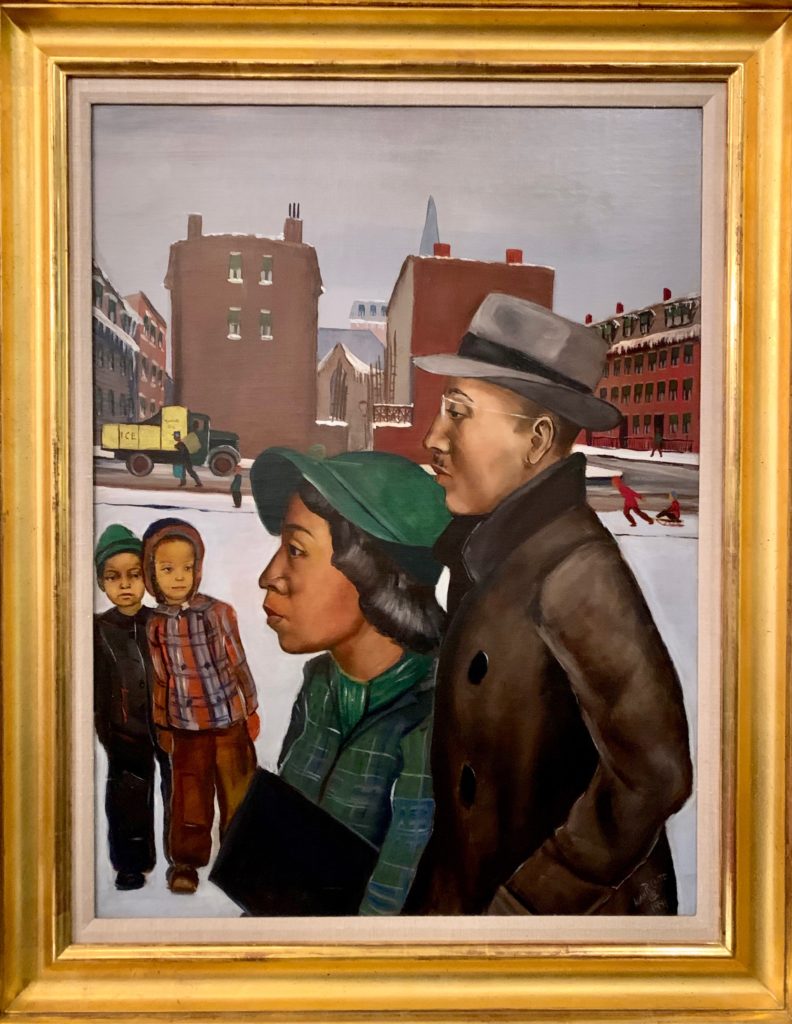
 From the Athenaeum we walked through Boston Common to Copley Square, stopping at Life Alive Organic Cafe on Boylston Street for a delicious lunch. Even after the Widener, the Lamont, and the Athenaeum, we were still eager to see the Boston Public Library. Its huge reading room full of green-shaded lamps, the sprightly fountain in the lovely center courtyard, priceless mural paintings upstairs, plus special wings for Children and Teens inspired us to discuss books and then go home and read!
From the Athenaeum we walked through Boston Common to Copley Square, stopping at Life Alive Organic Cafe on Boylston Street for a delicious lunch. Even after the Widener, the Lamont, and the Athenaeum, we were still eager to see the Boston Public Library. Its huge reading room full of green-shaded lamps, the sprightly fountain in the lovely center courtyard, priceless mural paintings upstairs, plus special wings for Children and Teens inspired us to discuss books and then go home and read!
Originally nspired by European models, Boston libraries have in turn inspired others. Two years ago we marveled at the high-tech wonders of Austin Public Library. Next month in Scotland, not far from his own Skibo Castle, I’ll be reading The Autobiography of Andrew Carnegie and the Gospel of Wealth, a book recommended by my favorite reference librarian, Marjo. It was Carnegie who funded 1,689 public libraries in the United States, his adopted country. More good books about libraries:
- The Library Book by Susan Orleanoffers a wide-angle portrait of the Los Angeles Public Library.
- The Giver of Stars by JoJo Moyes tells the stories of Kentucky librarians on packhorses during the Great Depression
- The Paris Library by Janet Skeslien Charles, set in World War II Paris, is on my reading list for next year.
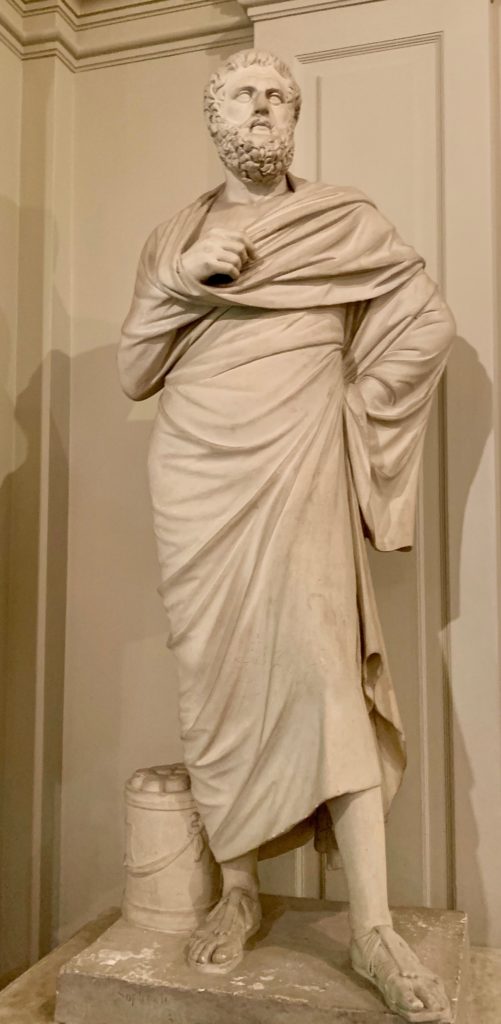
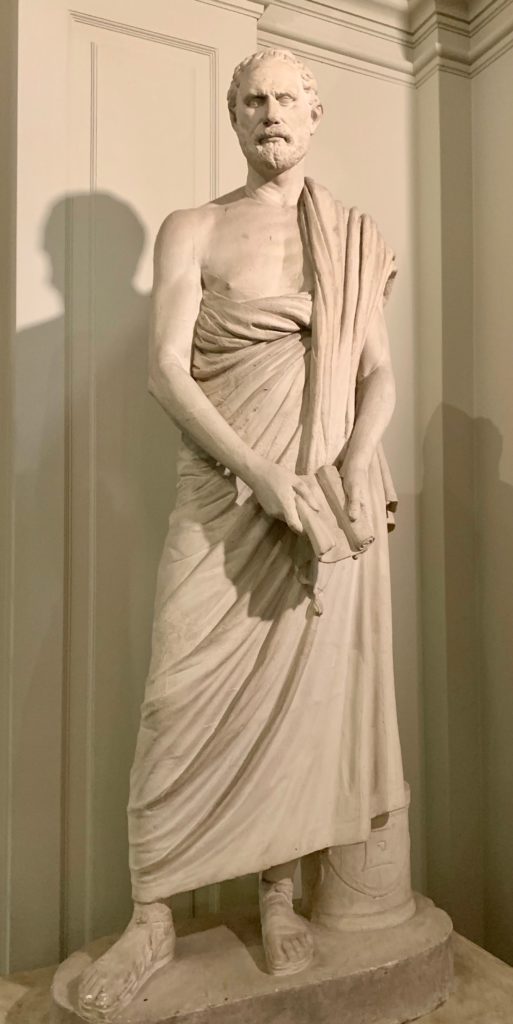
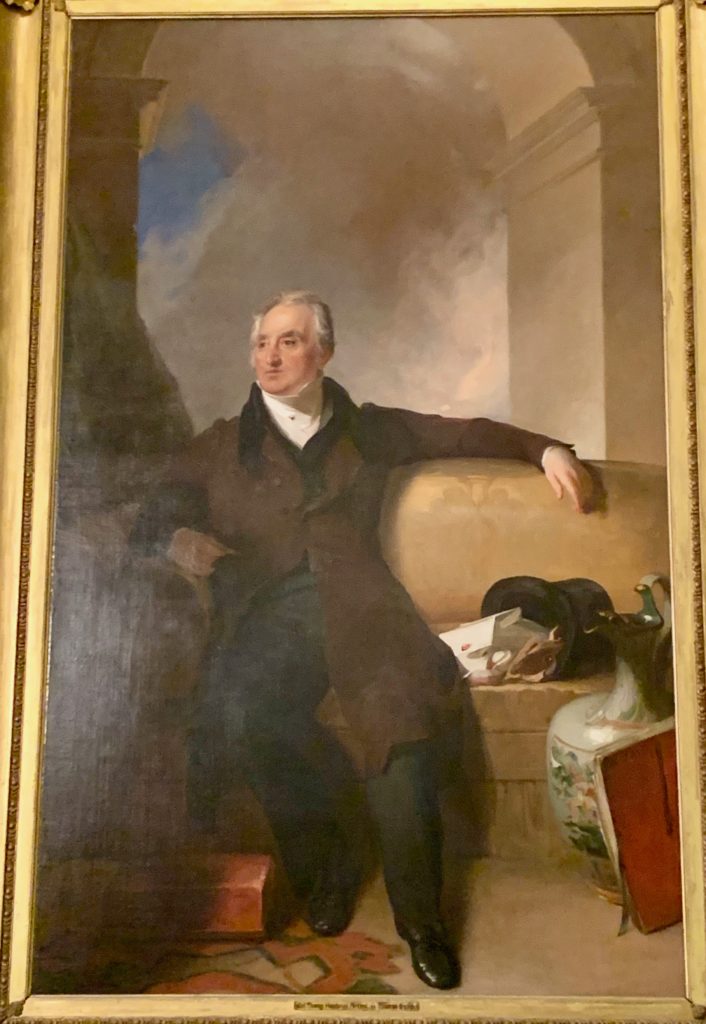
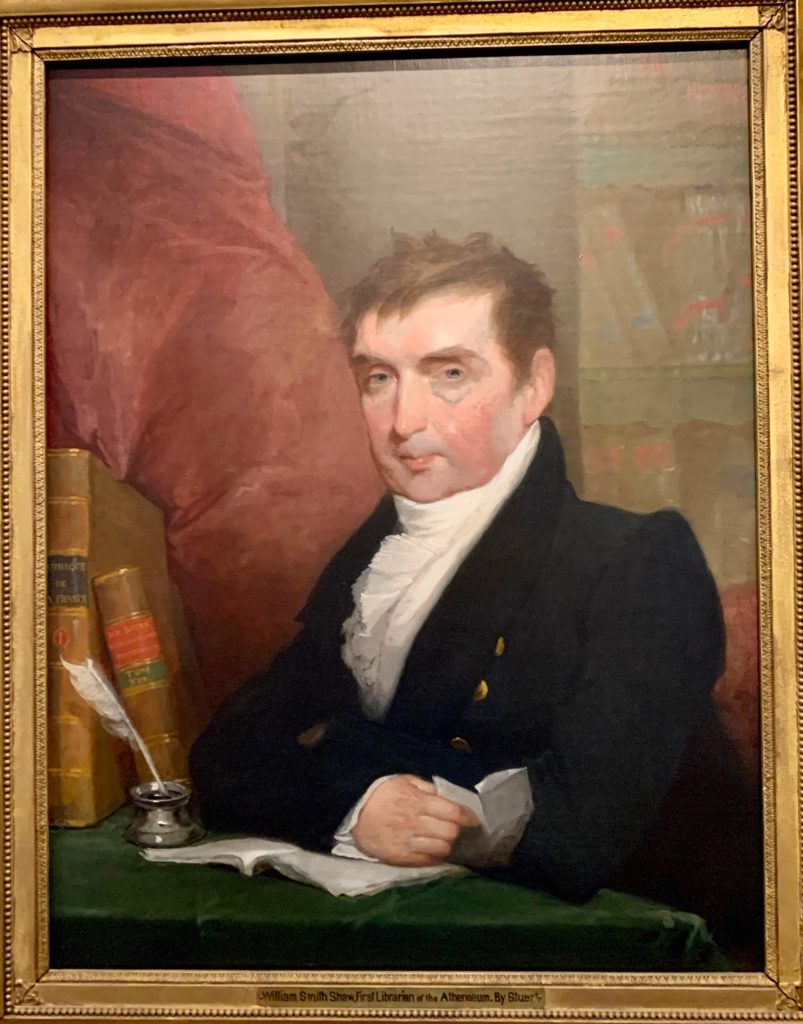

Leave a Reply